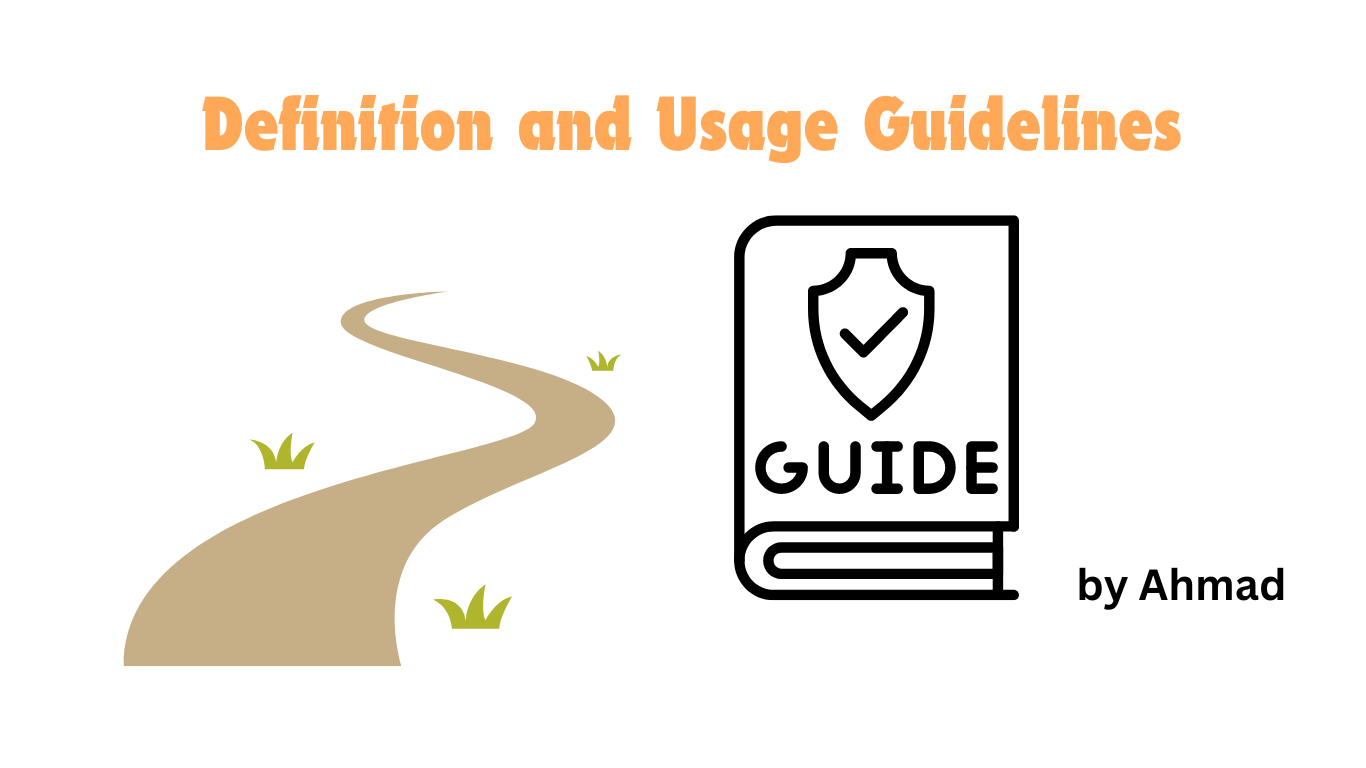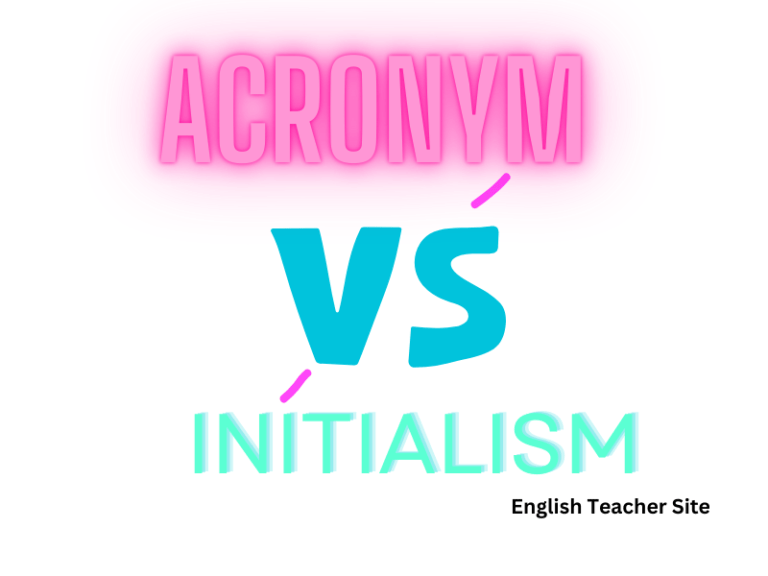E.g. Definition and Usage Guidelines in Writing

- e.g. means example
- This abbreviation suggests a non-exhaustive list of examples.
- Proper use underscores the writer’s knack for concise and articulate communication.
In the realm of writing, precision is paramount, and the abbreviation “e.g.” is a potent tool for clarity. It’s a shorthand way of saying “for example” without detracting from the fluidity of the text.”E.g.” caters perfectly to this by signifying that only a subset of examples is being mentioned, and there are other, unlisted instances that could also apply.
Understanding ‘E.g.’
When writing, clarity and precision are paramount. ‘E.g.’ is a commonly used abbreviation that directs the reader to an impending list of examples related to the preceding statement.
Definition
It is utilized to introduce one or multiple instances that illustrate a point made immediately prior. Unlike ‘i.e.’, which stands for “id est” or “that is” and is used to clarify or restate, ‘e.g.’ opens the door to an illustrative, non-exhaustive list.
| Correct Usage | Incorrect Usage |
|---|---|
| Vegetables such as e.g., spinach, broccoli, and kale are healthy. | I like sports, e.g., I play football. |
| Many mammals, e.g., elephants, tigers, and bats, have a keen sense of hearing. | She studies European languages, e.g., Spanish. |
In writing, ‘e.g.’ should be followed by a comma and can be incorporated either in parentheses or without. It signals that what follows is merely a sample from a broader category.
- With Parentheses:
- After climbing mountains (e.g., Everest, K2, Kilimanjaro), they became experienced hikers.
- Without Parentheses:
- Classic literature e.g., “Moby Dick,” “Pride and Prejudice,” and “1984,” provides insights into different historical contexts.
When using ‘e.g.’, it is important to ensure that the examples given are relevant and directly related to the topic at hand, highlighting common characteristics or shared qualities within the group being discussed. This abbreviation helps keep writing concise and directed by allowing a writer to provide instances without exhaustive enumeration, thus aiding in the efficiency of their communication.
Applying ‘E.g.’ in Writing
When writing in English, the abbreviation “e.g.” is used to introduce examples that illustrate a point. Understanding how to incorporate “e.g.” correctly enhances clarity and conciseness in writing.
Incorporating Examples of e.g.
“E.g.” signifies “for example” and is used when a writer wants to specify instances without creating an exhaustive list. Here are specific ways to incorporate “e.g.” into a sentence:
In a Series:
- Before putting forth a list of examples.
- After a claim or statement to illustrate with instances.
In a single instance: When a solitary example is provided to illuminate a concept.
Using “E.g.” in a Series:
| Good Practice | Poor Practice |
|---|---|
| “There are many ways to commute, e.g., bus, train, or bicycle.” | “Many ways to commute e.g. bus train bicycle.” |
| “She enjoys various genres of music, e.g., jazz, rock, and classical.” | “Genres of music she likes e.g. jazz rock classical.” |
Punctuation and Formatting
The correct use of punctuation and formatting is crucial when applying “e.g.” in writing. Here’s what to remember:
- Use periods and commas: Place periods after each letter and a comma after the second period (except in British English where the comma is often omitted).
- Contextual use: “E.g.” can be used inside or outside parentheses, depending on the context.
Sources
- Wikipedia on i.e.
- “WHO rejects calls to move Olympics over Zika fears”
My name is Khamis Maiouf. I am the creator of the English Teacher Site, dedicated to providing valuable resources and insights for students around the world. With a passion for education and a commitment to helping students enhance their skills, I aim to make English teaching more effective and enjoyable for both educators and students.






